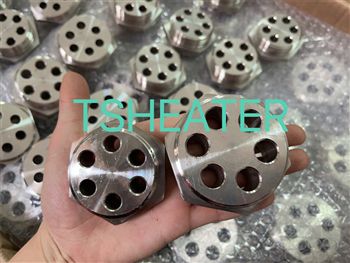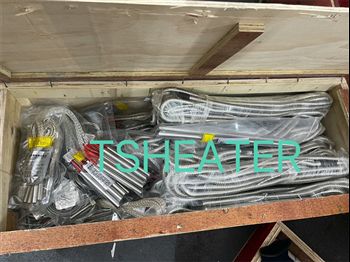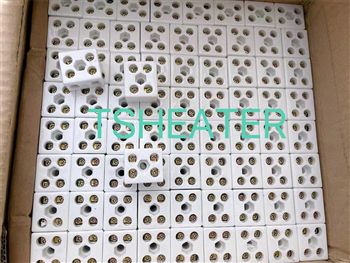
Nov 10 2022

Nov 15 2022

Nov 17 2022

Nov 18 2022
Thermocouple materials are materials used to make thermocouple temperature measuring elements. Mainly for metal materials, but also for non-metallic materials such as graphite. The widely used thermocouples are platinum rhodium/platinum thermocouples, nickel chromium/nickel silicon (aluminum) thermocouples, nickel chromium/constantan thermocouples, iron/constantan thermocouples and copper/constantan thermocouples.
A thermocouple is a commonly used temperature measuring component in a temperature measuring instrument. It directly measures the temperature and converts the temperature signal into a thermoelectromotive force signal, which is converted into the temperature of the measured medium by an electric meter (secondary meter). The shape of various thermocouples is often very different due to the needs, but their basic structure is almost the same, usually composed of hot electrode, insulating sleeve protection tube and junction box, etc., usually with display instrument, recording instrument and electronic adjustment Used in conjunction with the device.
When a third metal material is connected to the thermocouple loop, as long as the temperature of the two contacts of the material is the same, the thermoelectric potential generated by the thermocouple will remain unchanged, that is, not affected by the third metal access loop. Therefore, when the thermocouple is measuring temperature, the measuring instrument can be connected, and after measuring the thermoelectromotive force, the temperature of the measured medium can be known. When the thermocouple measures the temperature, the temperature of the cold end (the measuring end is the hot end, the end connected to the measuring circuit through the lead wire is called the cold end) is kept constant, and the thermoelectric potential is proportional to the measured temperature. If the temperature of the cold end (environment) changes during the measurement, the accuracy of the measurement will be seriously affected. Some measures are taken at the cold end to compensate for the effect of the cold junction temperature change, which is called the cold junction compensation of the thermocouple. A dedicated compensation wire for connection to the measuring instrument.
Thermocouple cold junction compensation calculation method:
From millivolts to temperature: measure the cold junction temperature, convert to the corresponding millivolt value, add the millivolt value of the thermocouple, and convert the temperature;
From temperature to millivolt: measure the actual temperature and the cold junction temperature, respectively, converted to millivolts, and subtracted to obtain millivolts, that is, the temperature